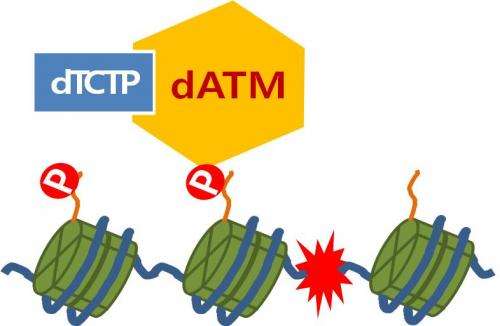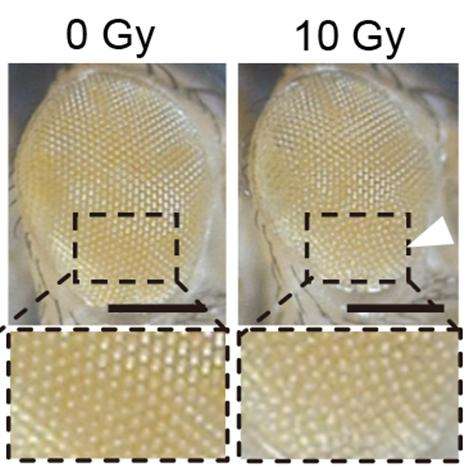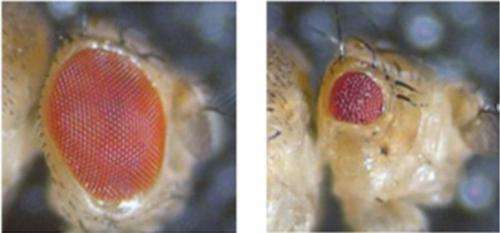Mechanism of damaged DNA mutation identified

A team led by KAIST Department of Biological Sciences' Professor Kwang-wook Choi and Dr. Seong-tae Hong has successfully investigated the operational mechanism of the protein ATM (Ataxia telangiectasia mutated), an essential protein to the function of a crucial key enzyme that repairs the damaged DNA which stores biometric information. The results were published on December 19th in the Nature Communications online edition.
All organisms, including humans, constantly strive to protect the information within their DNA from damages posed by number of factors, such as carbonized material in our daily food intake, radioactive materials such as radon emitting from the cement of the buildings or ultraviolet sunlight, which can cause cancer.
In order to keep the DNA information safe, the organisms are always carrying out complex and sophisticated DNA repair work, which involves the crucial DNA damage repair protein ATM. Consequently, a faulty ATM leads to higher risks of cancer.
Until now, academia predicted that the protein TCTP (Translationally controlled tumor protein) will play an important role in regulating the function of ATM. However, since the main researches regarding TCTP have only been conducted in cultured cells, it was unable to identify exactly what mechanisms TCTP employs to control ATM.

A KAIST research team has determined that TCTP can combine with ATM, and that TCTP increases the enzymatic activity of ATM. In addition, Drosophilia, one of the most widely used model organisms for molecular genetics, has been used to determine that TCTP and ATM play a very important role in repairing the DNA damaged by radiation. This information has allowed the researchers to establish that TCTP plays essential roles in maintaining the DNA information in cell cultures, as well as higher organisms, and to provide specific and important clues to the regulation of ATM by TCTP.

















